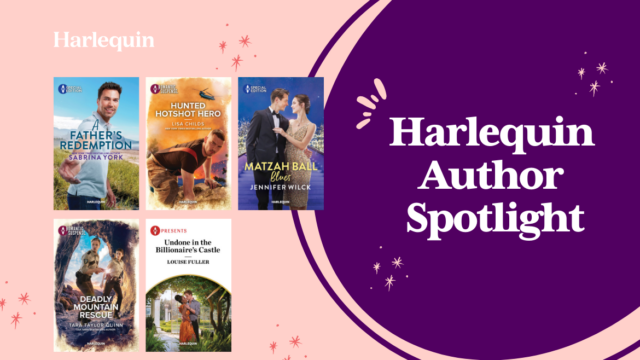Can you guess the opening lines of these great novels?
“It was a bright cold day in April, and the clocks were striking thirteen.”
“Scarlett O’Hara was not beautiful, but men seldom realized it when caught by her charm…”
“New Year’s Resolutions
I Will Not…”
There’s no better way to stand out from the crowd and catch an editor’s eye than a great first chapter! But before we tell you our top tips, here are some of the pitfalls to avoid…
Clichéd openings: We’re not saying familiar scenarios can’t work, but we’re looking for you to put your individual stamp on it by giving it a fresh spin! The weather, the trip in the car on the way to a destination, getting broken up with, discovery of the body–these openings are often used to hook a reader, but consider a different way to begin. And yet, don’t overthink it so much that you stop writing.
Include the characters sooner rather than later: Don’t spend three chapters setting the scene with no hero and heroine connection in sight! Romance readers want to meet them and see those sparks. Another easy mistake is to spend too much time relaying characters’ backstories before allowing them to interact. This is how you lose a reader before greatness happens.
Don’t peak too soon. A great first paragraph or gripping first line isn’t much use if the story goes downhill from there. Always find a way to increase the tension. Getting our attention is easy, but keeping it is more difficult (yet not impossible).
Here are our top tips on how to grab your reader’s (and editor’s!) attention with a gripping first chapter!
- Be sure of who your hero and heroine are before you start.
- Aim to get them together as soon as possible.
- Keep the focus on the hero and heroine and their developing romance as much as you can.
- Give your reader a tantalizing taste of the emotional conflict within the first few pages.
- Give evidence of the instant attraction between the hero and heroine.
- Aim to unfold the back-story in bite-sized pieces throughout your book. Not immediately, in one long, indigestible chunk!
- Use dialogue – when the characters speak for themselves, readers will be instantly engaged.
- Use minor characters sparingly.
- Keep an eye on your pace – it should be tight and fast from page one, with the aim of keeping the reader turning the pages.
- Aim to end your first chapter on a climax – and invite the reader to read on – leave them wanting more!
In case you couldn’t guess the opening line…
1984 by George Orwell
Gone with the Wind by Margaret Mitchell
Bridget Jones’s Diary by Helen Fielding



